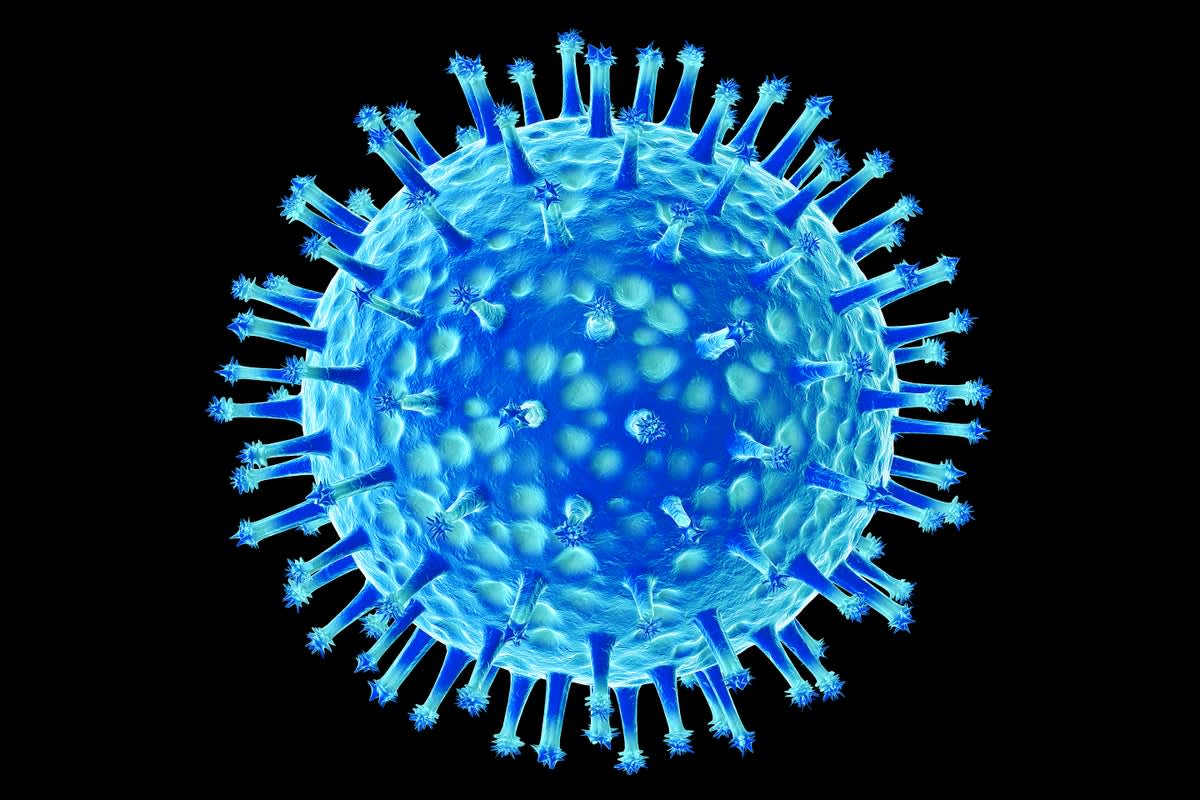Concerning Bird Flu Virus Mutations Found in Severely Ill Patient
Samples from a hospitalized patient in Louisiana show changes that could make the H5N1 virus spread more easily between humans
Join Our Community of Science Lovers!
Viral samples from a patient in Louisiana who was hospitalized with severe H5N1 avian influenza show genetic mutations that could make the pathogen spread more easily among humans, the Centers for Disease Control and Prevention announced in a statement issued on Thursday.
The mutations were found in samples taken from the patient—but not in those from the backyard poultry that were believed to be the source of the infection. This suggests the changes occurred within the patient. While this development has not changed the CDC’s official assessment of risk to the general public, it does indicate that the H5N1 virus is capable of adapting to human airways.
“The detection of a severe human case with genetic changes in a clinical specimen underscores the importance of ongoing genomic surveillance in people and animals, containment of avian influenza A(H5) outbreaks in dairy cattle and poultry, and prevention measures among people with exposure to infected animals or environments,” the CDC statement said.
If you’re enjoying this article, consider supporting our award-winning journalism by subscribing. By purchasing a subscription you are helping to ensure the future of impactful stories about the discoveries and ideas shaping our world today.
On December 18 the CDC confirmed the patient in Louisiana had been hospitalized with the first known severe H5N1 infection in the U.S. this year. The virus has been spreading among wild birds for several years. It was detected in U.S. dairy cows in March, and it has since infected hundreds of herds across 16 states. The Louisiana patient’s viral sequence matches a different strain of the virus called D1.1, which has been detected in wild birds and poultry in the U.S.
The mutations seen in the Louisiana patient’s samples are confined to the virus’s hemagglutinin gene, which encodes proteins that help the virus bind to cells and infect them. These mutations are only rarely seen in people; a few have been reported in severe human cases, all outside of the U.S. One of the changes was detected in viral samples from a teenager in Canada who was hospitalized with a severe H5N1 infection in November. The Louisiana patient’s samples did not show any changes in the N1 neuraminidase section of the virus’s genome or other sections that could make the pathogen less susceptible to antiviral drugs. The sequences are also similar to those of existing H5N1 strains that can be used to make vaccines if needed.
A total of 65 confirmed human H5N1 infections have been detected in the U.S. so far this year. Most have been linked to exposure to infected cattle or poultry, and the majority have been mild. Infections have occurred in several other animals, including pet cats that may have consumed raw milk or meat from sick animals. The virus recently killed more than half of the big cats at a wildlife sanctuary in Washington State.
Tanya Lewis is a senior editor covering health and medicine at Scientific American. She writes and edits stories for the website and print magazine on topics ranging from COVID to organ transplants. She also appears on Scientific American‘s podcast Science, Quickly and writes Scientific American‘s weekly Health & Biology newsletter. She has held a number of positions over her seven years at Scientific American, including health editor, assistant news editor and associate editor at Scientific American Mind. Previously, she has written for outlets that include Insider, Wired, Science News, and others. She has a degree in biomedical engineering from Brown University and one in science communication from the University of California, Santa Cruz. Follow her on Bluesky @tanyalewis.bsky.social
Source: www.scientificamerican.com
